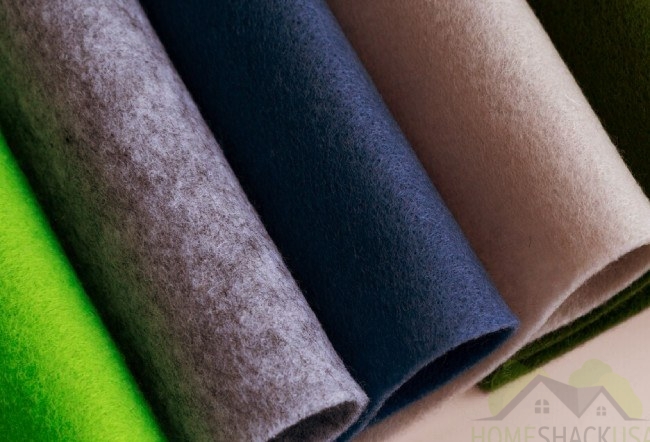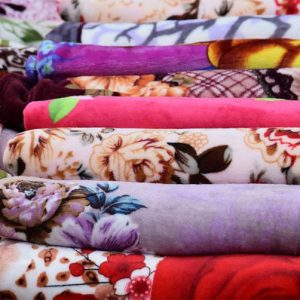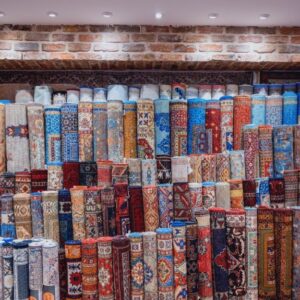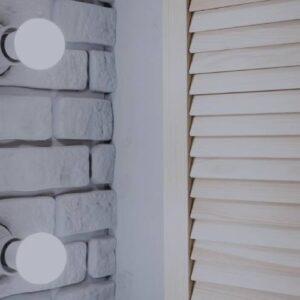When it comes to decorating your home, one element that often takes centre stage is the choice of wall coverings.
While paint has long been a popular option, textile wallpapers have gained prominence in recent years as a luxurious and versatile alternative.
In this article, we’ll delve into the pros and cons of using textile wallpapers in your home decor, helping you make an informed decision.
After all, it is a decision with long-term consequences, so you have to be absolutely sure whether it is for you or not.
The pros of textile wallpapers
Choosing textile wallpapers for your home has much more positive sides than negative ones:
1. Aesthetic appeal
Textile wallpapers are visually appealing:
Luxurious look – Textile wallpapers exude elegance and luxury, creating a high-end and refined atmosphere in any room.
Variety of designs – These wallpapers come in a wide array of designs, from classic and timeless patterns to modern and bold motifs, allowing you to find the perfect match for your style.
2. Texture and depth
Textile wallpapers bring feeling of depth and texture in your home:
Textural interest
Textile wallpapers introduce texture and depth to your walls, adding visual interest and tactile appeal that flat paint simply can’t achieve.
Cosy atmosphere
The tactile nature of textile wallpapers can make your space feel cosier and more inviting.
3. Durability
Textile wallpapers also have some more practical sides:
Longevity
Textile wallpapers are durable and can last for many years without showing signs of wear and tear, making them a cost-effective choice in the long run.
Easy maintenance
They are also relatively easy to clean and maintain, making them suitable for high-traffic areas – people don’t step on the wall but they often touch the walls, especially when putting on or taking off their shoes.
4. Acoustic benefits
Sound Absorption is another positive aspect of installing textile wallpaper in your home. Textile wallpapers can contribute to sound absorption in a room, reducing noise and creating a quieter and more relaxing environment.
5. Insulation
It is worth noting that some textile wallpapers come with thermal insulation properties, helping to regulate the temperature in your home and potentially reducing energy costs.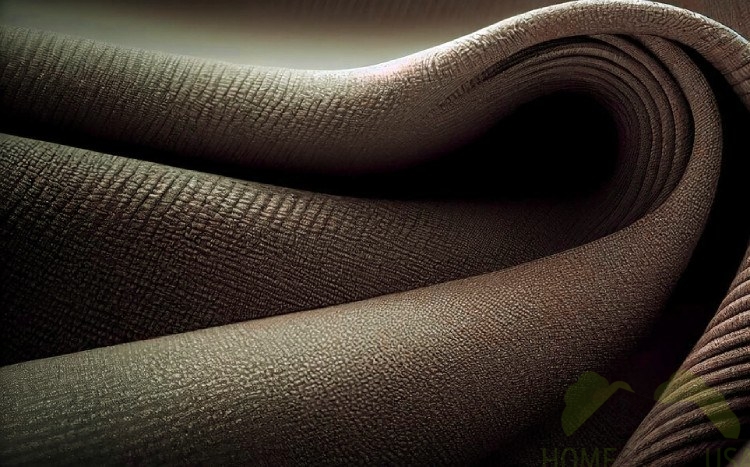
The cons of textile wallpapers
In the reality we live in, nothing is just positive. Textile wallpaper hae their negative aspects too.
1. High initial investment
Textile wallpapers tend to be more expensive than just painting your walls or choosing traditional wallpapers, making them less budget-friendly.
2. Installation complexity
Proper installation of textile wallpapers often requires professional expertise, which adds to the overall cost. Also, the installation process can be time-consuming, causing inconvenience during the decorating process.
3. Vulnerable to damage
Textile wallpapers can be more vulnerable to stains, tears, and damage compared to other more traditional types of wallpapers or paint. They are not recommended for areas prone to high humidity, such as bathrooms or kitchens, as moisture can damage the fabric.
4. Limited availability
Finding the perfect textile wallpaper for your home might be challenging due to a more limited selection and variety compared to paint or standard models of wallpapers.
5. Maintenance
Cleaning textile wallpapers can be quite difficult and tricky, and certain types may require delicate handling to avoid damage.
Tips for using textile wallpapers effectively
If you decide to incorporate textile wallpapers into your home decor, here are some tips to make the most of this luxurious choice:
1. Choose the right room to install your textile wallpapers
Select rooms with lower humidity levels, such as living rooms or bedrooms, for the installation of textile wallpapers;
2. Always prefer professional installation
Invest in professional installation to ensure a flawless finish and longevity.
3. Spot cleaning
Be cautious while cleaning and opt for spot cleaning or gentle dusting when needed.
4. Accent walls
Consider using textile wallpaper as an accent wall to minimise costs and maintenance efforts.
5. Colour and pattern balance
Balance bold or intricate patterns with neutral or complementary colours in the rest of the room’s decor.
Final words about textile wallpapers
Textile wallpapers offer a unique and luxurious way to transform your living spaces. Their aesthetic appeal, textural richness, and durability make them an attractive choice for many homeowners.
However, the higher cost and maintenance requirements may deter some. Before choosing textile wallpapers, carefully weigh the pros and cons to determine if they align with your style, budget, and lifestyle.
By understanding the benefits and limitations of textile wallpapers, you can make an informed decision about whether to incorporate them into your home decor or choose another option.
When used thoughtfully and maintained properly, textile wallpapers can easily add a touch of opulence and sophistication to your living spaces, creating a truly memorable home environment for you, your family and friends.

